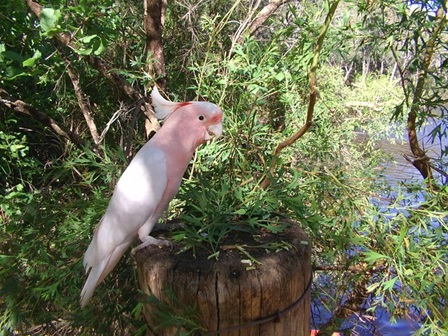
Cockatoos are strikingly beautiful birds known for their impressive crests, vivid plumage, and remarkable social behaviors. Belonging to the family Cacatuidae(order Psittaciformes), these birds are native to Australia, New Guinea, and surrounding islands. There are around 21 recognized species of cockatoos, each with unique characteristics and behaviors that captivate bird enthusiasts and casual observers alike. This article delves into the unique features of cockatoos, their intelligence, social structure, and the challenges they face in the wild.
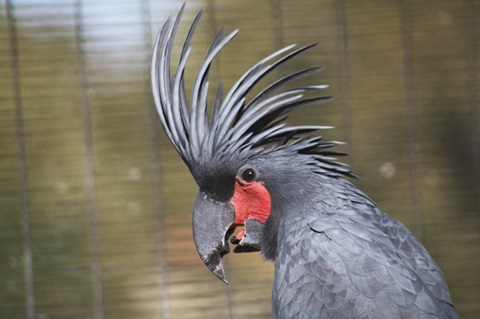
Physical Characteristics
Cockatoos are easily identifiable thanks to their prominent crests, which can be raised or lowered to communicate emotions. Depending on the species, their feathers may be predominantly white, black, yellow, or pink, adorned with vibrant accent colors.
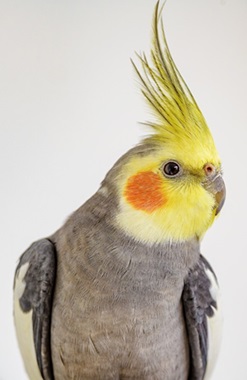
The size of cockatoos varies significantly between species. The smallest, the Cockatiel(Nymphicus hollandicus) may measure only about 30 centimeters(1 foot) in length, while larger species like the Umbrella Cockatoo(Cacatua alba) is approximately 46 centimeters(3 feet, 10 inches). The beak of a cockatoo is powerful and curved, designed to crack open hard nuts and seeds, which are their primary food sources.
Intelligence And Problem Solving
One of the most notable aspects of cockatoos is their intelligence. In many studies evaluating avian intelligence, cockatoos frequently outperform other birds. Their problem-solving skills are astonishing; they can use tools, solve puzzles, and even understand cause and effect. For example, research has shown that cockatoos can figure out how to use sticks to extract food from hard-to-reach places.
Their intelligence also leads to their ability to mimic sounds, including human speech. Cockatoos can learn a wide range of phrases and can even mimic environmental sounds, making them engaging companions for pet owners. However, this ability comes with a downside; without proper mental stimulation and social interaction, cockatoos can become bored and develop destructive behaviors.
Social Structure And Bonding
Cockatoos are highly social creatures. In the wild, they live in flocks. This social structure is vital for their survival, as it allows for cooperative feeding and protection against predators. Their flocking behavior is not just about survival; it also fosters strong bonds between individuals. Cockatoos often engage in mutual preening, dancing, and vocalizing, enhancing their interpersonal relationships.
In captivity, understanding their social needs is crucial. A lone cockatoo can become lonely, leading to stress and behavioral problems. Many owners choose to adopt more than one bird or dedicate significant time each day to interact with their cockatoos to ensure they remain happy and stimulated.
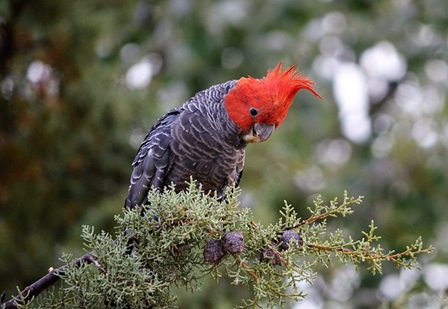
Conservation Challenges
The beauty and intelligence of cockatoos have unfortunately made them targets for the pet trade, leading to significant declines in several species’ populations. Habitat destruction through deforestation and land development poses another significant threat to their survival. Many species of cockatoos are now classified as endangered or vulnerable, prompting conservation groups to take action.
Organizations worldwide are working to protect cockatoo habitats and promote responsible breeding practices. Awareness campaigns aim to educate potential pet owners about the responsibilities of owning a cockatoo and the need for conservation efforts. Laws and regulations surrounding the collection and sale of cockatoos have also been instituted in many countries to reduce illegal trapping.
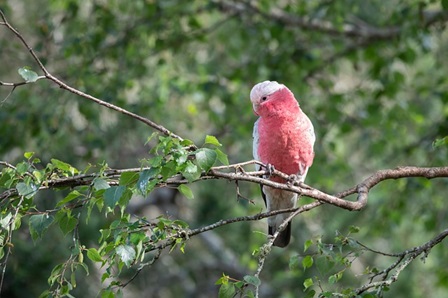
Conclusion
Cockatoos are truly remarkable birds that embody beauty, intelligence, and social complexity. Their vibrant colors, engaging behaviors, and capacity for vocal mimicry endear them to many. However, their plight in the wild necessitates increased awareness and collective efforts for conservation. By understanding and appreciating these incredible creatures, we can work toward ensuring that future generations will also be able to enjoy the wonder of cockatoos in their natural habitats. With continued research and dedicated activism, there is hope for a brighter future for these avian marvels.
